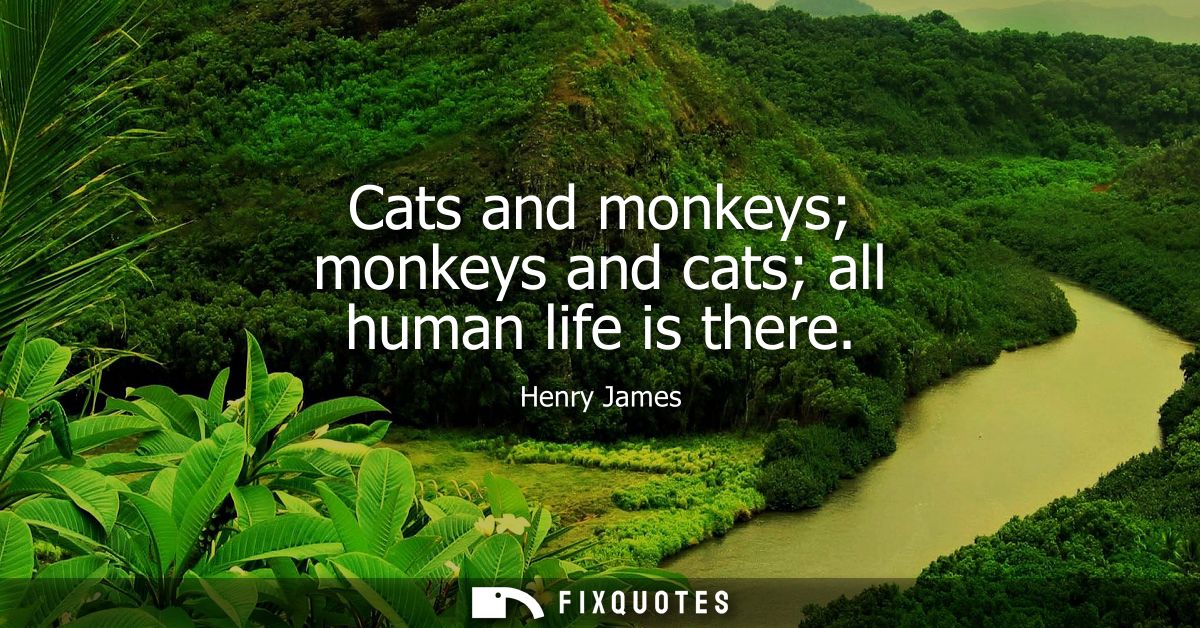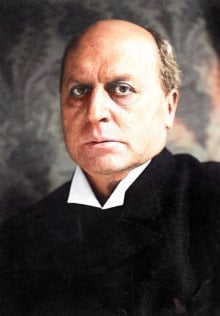"Cats and monkeys; monkeys and cats; all human life is there"
About this Quote
Henry James’s phrase, “Cats and monkeys; monkeys and cats; all human life is there,” distills a keen perspective on the human condition, using animals as metaphorical avatars for human behaviors and relationships. The invocation of cats and monkeys is not arbitrary, a careful observer would recognize their distinct temperaments: cats are enigmatic, self-possessed, sometimes aloof, creatures of mystery and subtle manipulation; monkeys, by contrast, are associated with energy, playfulness, cunning, and social complexity.
Through these two animals, James encapsulates the broad spectrum of human personalities and interactions. People can be solitary and inscrutable like the cat, cleverly maneuvering through social situations, sometimes detached yet deeply observant. Others exhibit the mischief, adaptability, and camaraderie of monkeys, thriving on connection, inventiveness, and sometimes duplicity. More than just animal symbolism, the oscillation, “cats and monkeys; monkeys and cats”, suggests the endless variety, the back-and-forth nature of human exchanges. The repetition weaves together the two animal natures, hinting that people often embody different traits in different contexts, or even simultaneously, within the same moment.
“All human life is there” widens the metaphor’s significance beyond individual character types, pointing towards life’s theatrical diversity. The world, in James’s view, is an endless play of personalities, a constant mingling of subtlety and boldness, calculation and spontaneity, scheming and innocence. Whether in fleeting social encounters or in enduring relationships, people oscillate between feline and simian tendencies, sometimes sly, sometimes overt; sometimes solitary, sometimes sociable. The full panorama of human behavior, every intrigue, affection, rivalry, and alliance, can be found in this interplay.
James’s succinct list celebrates the complexity of humanity, yielding a kind of amused resignation: all the contradictions and foibles of mankind parade before us, as entertaining, perplexing, and essential as the creatures he names.
More details
| Source | Henry James, 'The Madonna of the Future' (short story, 1873) |
| Tags | Life |
About the Author

